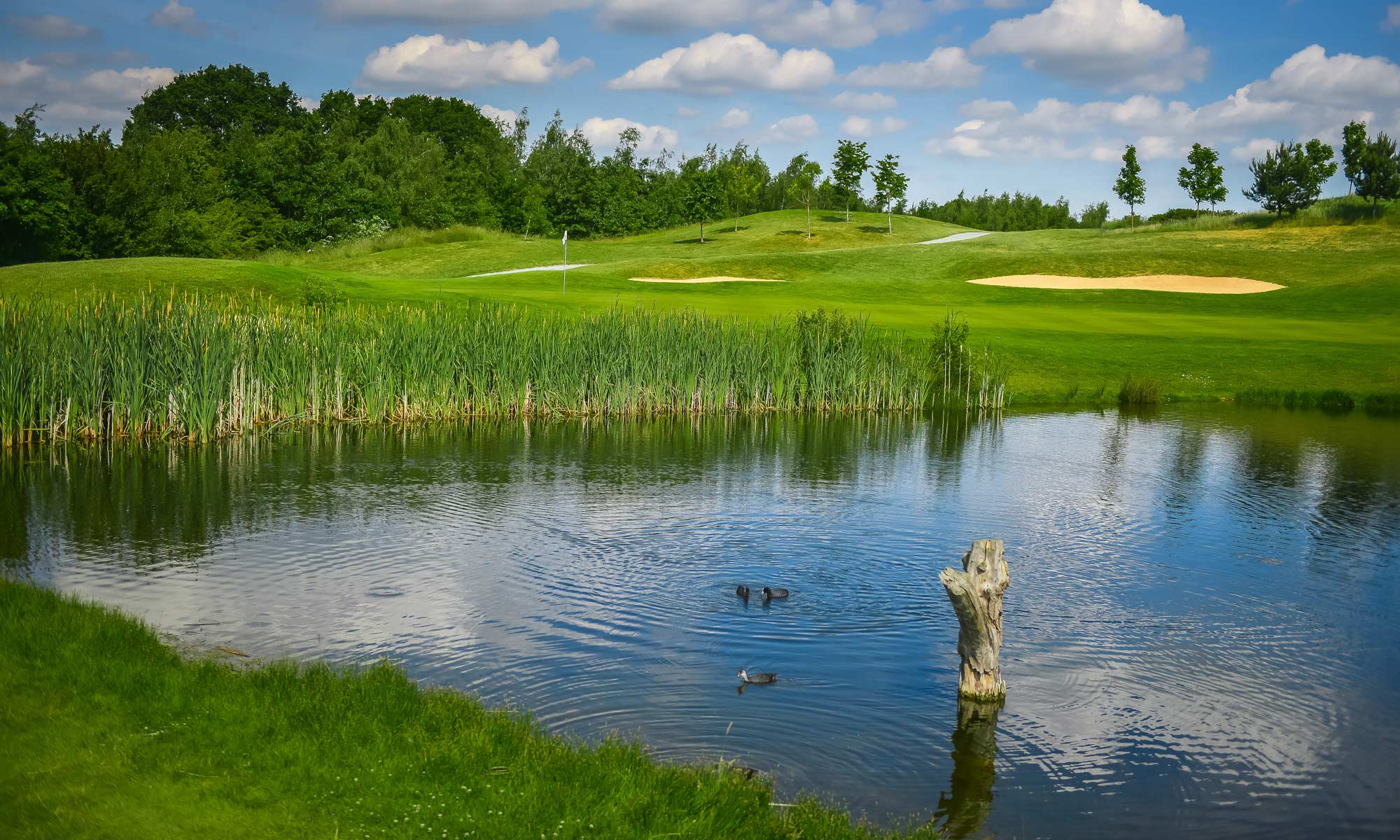-
Shopping Tools
-
Care & Maintenance
-
About
-
Dealer Login

A typical 9-hole course uses about 75,000–175,000 gallons of water per day, but climate, turf species, and irrigation efficiency can swing that figure dramatically.
As a rule of thumb, a 9-hole golf course applies roughly 75,000 to 175,000 gallons per day under normal irrigation schedules—about half the use of an 18-hole course (often cited near 312,000 gallons daily). Usage is rarely constant: cooler, wetter months demand far less than hot, dry stretches, and superintendents tailor run times to plant needs and local rules.
If you like back-of-the-envelope numbers, convert gallons to acre-feet (1 acre-foot ≈ 325,851 gallons):
Real-world totals can be lower or higher depending on weather, soils, water source, and conservation measures.
It’s a fair question—especially in drought-sensitive regions. Modern turf programs aim to match water to plant needs rather than blanket-watering. Many facilities now:
Results vary by budget and climate, but the trend is clear: targeted irrigation, smarter controls, and turf selection can significantly cut consumption without sacrificing playing quality.
Efficient drainage is the other half of the water story—too much water compromises turf health and pace of play. Courses combine surface and subsurface tools:
Good drainage lets superintendents resume play sooner, limit disease pressure, and irrigate precisely based on need rather than habit.
Water pricing, pumping energy, treatment (for reclaimed sources), and regulatory permits can rival fertilizer or labor in the budget. Many municipalities offer incentives for conversions (e.g., to reclaimed water or efficient controllers). Documentation of savings from audits and sensor-based scheduling helps with compliance and community transparency.
Smart operations support conservation. Well-planned routing, timely pace, and informed decisions reduce unnecessary cart traffic and irrigation disruptions. Many facilities and traveling groups prefer modern carts with on-screen guidance—live hole maps, hazard outlines, and pace messaging. Consider tara golf carts paired with the Tara GPS System to keep groups flowing and staff connected. Operators gain visibility, and players enjoy accurate yardages plus convenient on-course ordering.
If you manage a 9-hole property or are upgrading amenities, reliable carts and GPS help you deliver consistent experiences while your agronomy team focuses on water and turf. For purchasing, customization, or fleet refresh options suited to your climate, connect with nearby golf cart dealers to compare configurations, batteries, and accessories.
A 9-hole golf course typically uses 75,000–175,000 gallons per day, but the real number depends on climate, turf choices, irrigated acres, system efficiency, and water sources. With smart irrigation, targeted agronomy, and effective drainage, facilities can lower consumption while protecting playability. Pair those efforts with dependable carts and clear GPS guidance—think tara golf carts and the Tara GPS System—to keep rounds smooth, informed, and enjoyable. For tailored support and purchasing, reach out to regional golf cart dealers.
